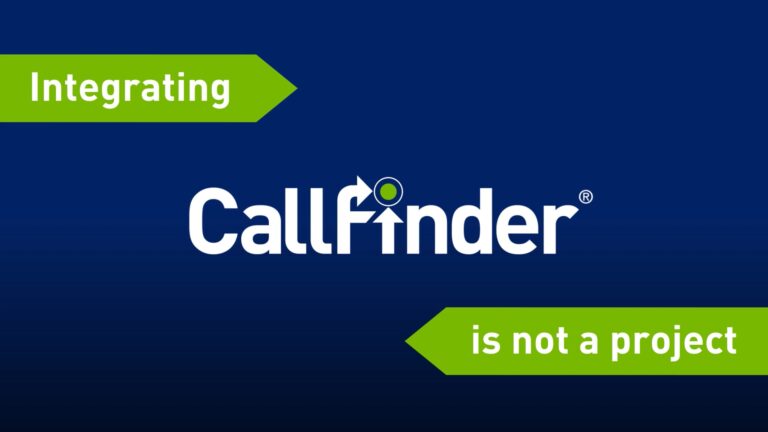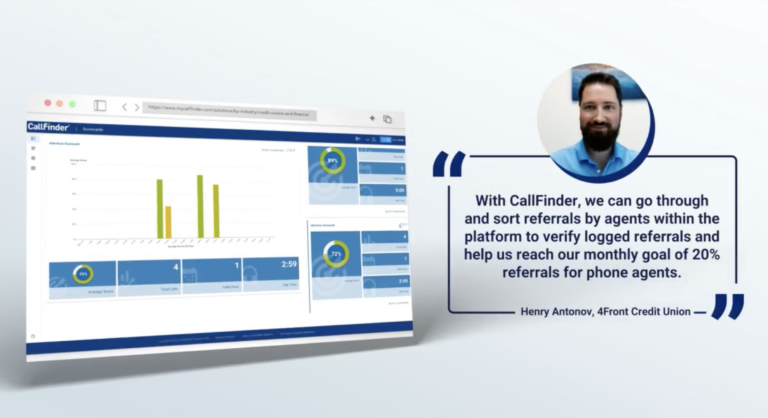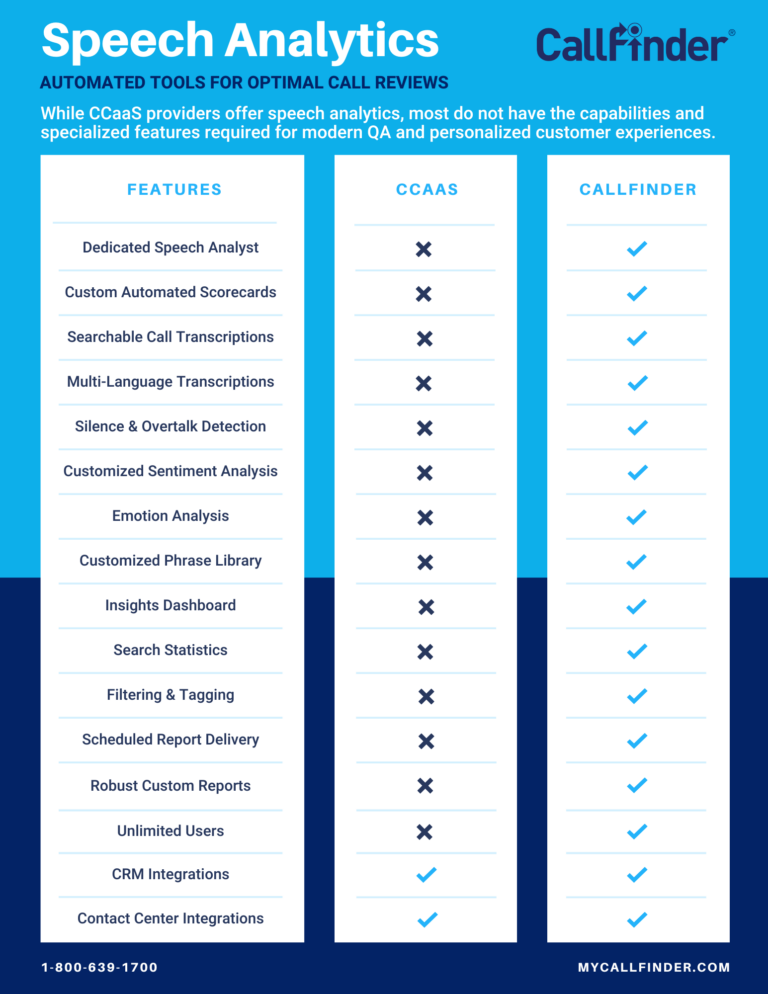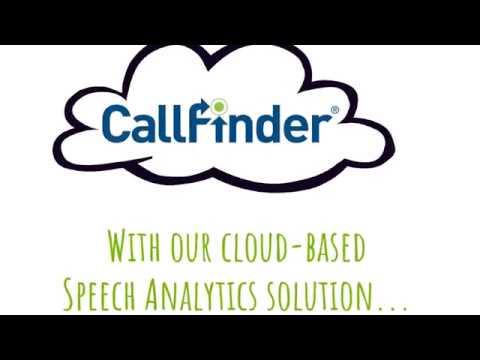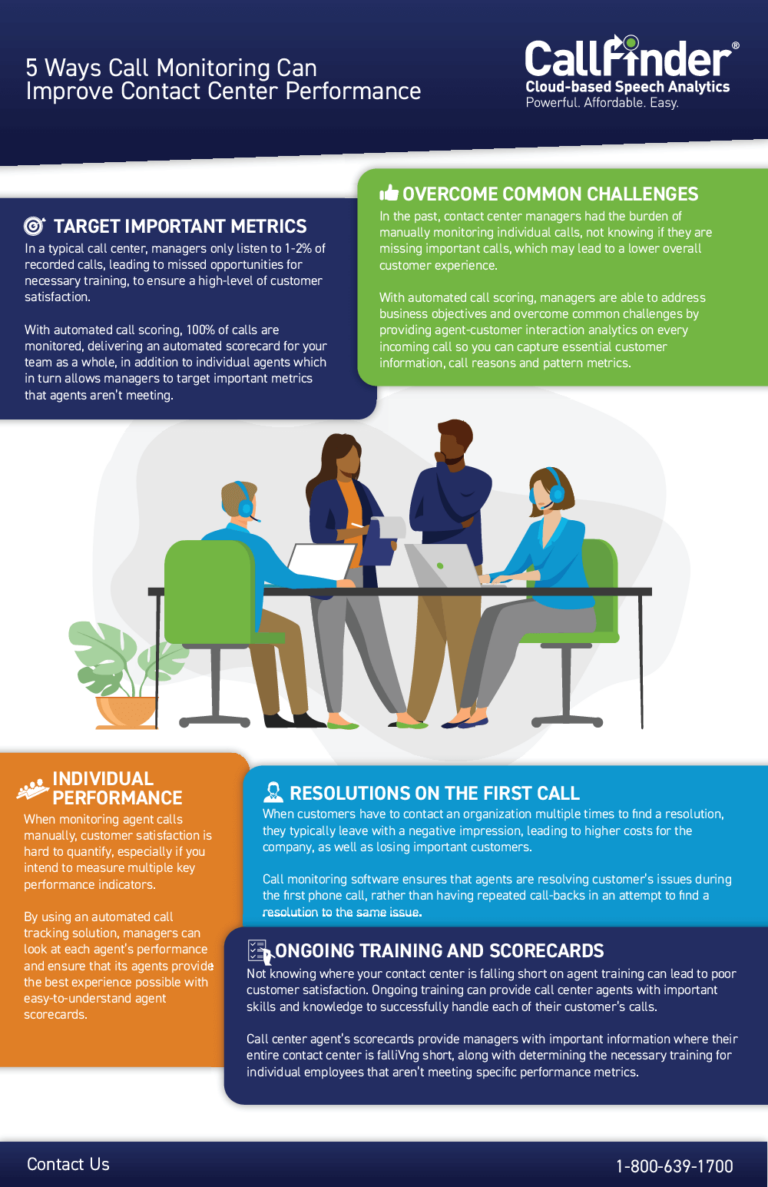Let’s face it: nobody likes having to be on hold when calling a business. When you need an answer to a question or a problem fixed quickly, the last thing you want to hear is, “Thank you for holding. Your call is important to us,” over and over again. And when the waiting becomes too much, customers will often hang up or – even worse – go to a competitor.
Fortunately, call center analytics can reduce wait times so businesses can help more customers. Here are 3 examples of how to accomplish this.
Lower Agent Churn with Call Center Analytics
High agent churn is one of the biggest obstacles call centers face. A revolving door of agents means call centers are frequently losing trained agents. This means call centers must spend time (and money) hiring and coaching new agents. This results in fewer agents who are capable of assisting callers when needed. With automated agent scorecards, managers can easily evaluate individual agent performance.
Scorecards are a key part of call center analytics because they provide an unbiased and consistent scoring methodology. Ultimately, scorecards promote more effective coaching. Plus, scorecards empower agents to take control of their performance and gain confidence, which is reflected in their interactions with callers. And more confident agents are more satisfied and less likely to leave, reducing agent churn.
Reduce Average Handle Time with Sentiment Analysis
Average Handle Time (AHT) is a key performance metric in nearly all call centers. AHT takes into account not just talk time, but it also factors in hold time and wrap-up time. Extended AHTs mean agents are taking longer on customer calls, which means more (frustrated) customers waiting in the call queue. Managers can also extract call center analytics from common speech analytics tools, such as automated call transcriptions.
Transcriptions with sentiment analysis and emotion analysis uncover patterns and trends in customer interactions, such as customer frustration. This helps agents discover the best strategies for resolving problems in a timely manner. And that means agents now have more time to serve more customers.
Improve First Call Resolution with Speech Analytics
It doesn’t matter if AHTs are low if your agents are not actually resolving problems. More often than not, agents are so concerned with finishing a call quickly, they fail to solve the customer’s issue. This often means that customers have to call back (sometimes multiple times) until the issue is resolved. And this means more first-time callers are put on hold.
Call center managers can raise First Call Resolution (FCR) rates with features like silence and overtalk detection to identify customer pain points and improve listening skills. This ensures that agents give customers what they need the first time around.
Call center analytics increases both performance and efficiency in any call center. By reducing wait times, more agents have more time (and better training) to successfully assist more customers. And that means your agents can deliver a truly exceptional and consistent customer experience.
See CallFinder Speech Analytics in Action
Request a demo of CallFinder Speech Analytics to learn more about how reduce wait times, improve performance, and ultimately elevate CX with our solution.

